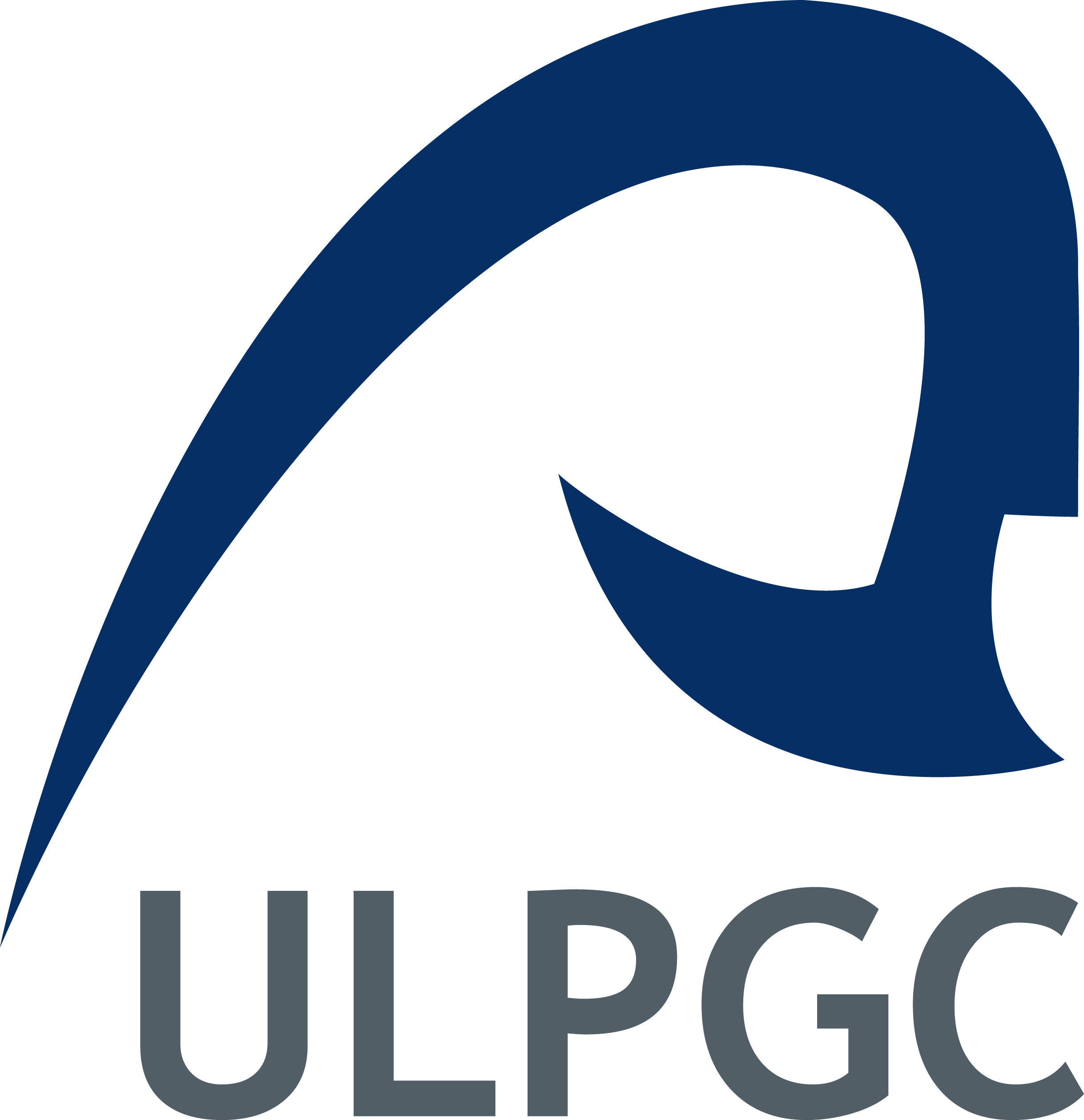Ph.D. Program in Oceanography and Global Change at the Canary Islands, Spain
The Canary archipelago, linked to an oceanic intraplate hot spot, has rocky and sandy coastal systems exhibiting a remarkably ecological (as protected natural areas) and economical (tourism industry) interest. Thus, the eastern islands of La Graciosa, Lanzarote, Fuerteventura and Gran Canaria, as well as the western Island of La Palma, show several recent sandy beach-dune systems and rocky cliffs. These coastal geological environments have been active from the Miocene to these days, thus generating particular geomorphologies and sedimentary deposits.
During the Quaternary and past geological times took place several global changes resulting in particular paleo-geoforms and sedimentary deposits on marine and coastal Canarian zones. Thus, aeolianites, paleosoils, beachrocks, marine terraces and paleocliffs appear in different altitudes and geographical locations, related to former sea level rises and descents with an impact on these oriental islands.
Petrology, mineralogy and geochemistry research of marine and coastal sedimentary deposits (rocks and sediments) has been carried out by our research group for the last decades at these eastern Canarian islands to know about the geological composition, genesis and geological evolution of these singular geoforms. Thus, a multi-technical approach is used comprising several disciplines: sediments geo-characterization (i.e.: grain-size, provenance, carbonate, organic matter, microscopy, mineralogy, petrography, geochemistry), as well as igneous rocks and sedimentary rocks geo-characterization (i.e.: petrography, mineralogy, geochemistry, geochronology). Hence, a number of methods was required for these purposes (e.g.: dry sieving, calcimetry, petrographic microscopy, scanning electron microscopy (SEM), ICP/ICP-MS, electron microprobe analysis (EMPA), powder X-ray diffraction (XRD) procedures, Raman spectroscopy, among others).
Besides, these geomorphologies and sedimentary materials (rocks and sediments) provide geological elements of marine geodiversity and geological heritage at the eastern Canary Islands. Further, these sedimentary and volcanic substrates are the basement of the biodiversity and both constitute the natural resources of several Canarian protected areas.




